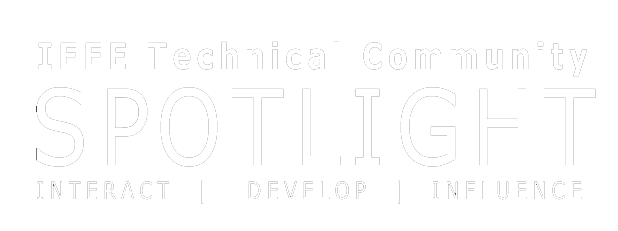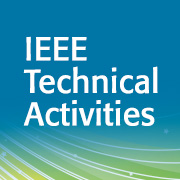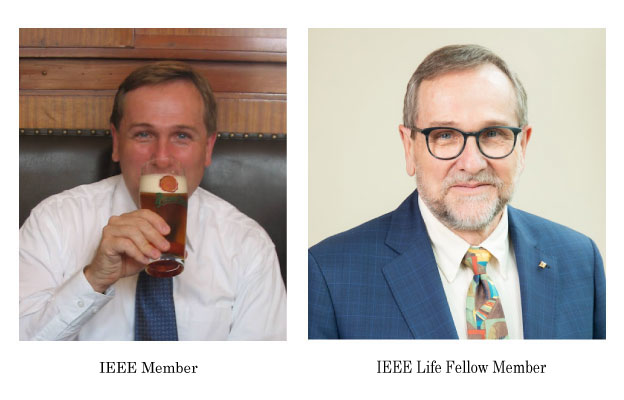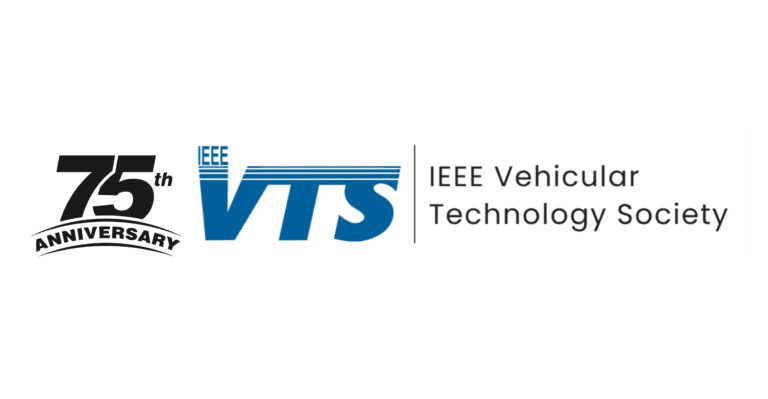 “At the core, an IEEE member is just a kid who loves technology.”
“At the core, an IEEE member is just a kid who loves technology.”
So says Lee Stogner, the current Chair of the Transportation Electrification Initiative, and proponent of a more social IEEE. When asked about his push to have IEEE members adopt social media platforms as a means of communication, outreach and professional development, Stogner says, “It’s not really hard for us members to embrace new things or channels when they come along. “
“We’re at the very forefront of computers and networking,” Stogner says. “I like to think it’s a natural that a member who’s in his or her eighties can communicate through social media just as easily as someone who’s 16. It’s a great way to level the world, and make the next big difference in the years ahead.”
Stogner, the President of the Vincula Group in South Carolina, and a former Director of the IEEE Board of Directors, says that change doesn’t always come easy, but it always comes. “Twenty years ago, it was challenging to get the average IEEE member to embrace email. There were some members who wouldn’t touch a computer at all,” he says. “We persevered and made it easier for them to come to the next workshop or conference and talk about the internet and how it can aid professional development, and build your network.”
That network effect is something Stogner pursues diligently, whether as people connecting to other people online, or sensors collecting data and passing it around the world. Stogner, who has spent part of his career studying automation and industrial control, says that the “Internet of Things” is a new name for a familiar concept: efficiency. “People like me were doing ‘internet’ of things years ago before it had a catchy name,” he says. “Like a lot of computer networking, it’s gone mainstream. People see the value of interconnecting machine to machine, and especially sensor to network to make us more aware of the world around us. “
Stogner points to the farmer who can monitor crop and soil temperatures, or urban dwellers finding a local deal, or spotting and avoiding traffic delays. “A lot of data is being collected and shared in a fairly easy and quick way so that people can take advantage of things on a daily basis, or avoid things, like when traffic is backed up,” he says. “All of this data is being collected by sensors and moved around by real time networks, and being put in the cloud where people can look at it and see a pattern. We have more of the right data.”
How that “right data” can be utilized is especially apparent in the Transportation Electrification Initiative, which is so wide in scope it comprises 19 societies and councils within the IEEE. “The IEEE has been in the background of transportation for decades, producing a relay or motor or other electronics that makes the vehicle more effective,” Stogner says. “And we believe we can do more for society if we are more visible in helping lead the charge in where the technology can be best used next.”
“Electric vehicle technology is here,” Stogner says. “It’s no longer a vision of the future, and it is the right time for the IEEE to get involved in transportation.”
Stogner would know. His company consults in energy management, transportation solutions, systems integration and project management. In his roles at the IEEE, Stogner is active in the IEEE Smart Grid Initiative, the IEEE Energy Policy Committee, and the IEEE Internet of Things Initiative, among others – all natural complements to his role as Chair of the IEEE Transportation Electrification Initiative.
To increase visibility of what the IEEE can do, Stogner says the Initiative is conducting a wide-scale outreach program. “We are talking to elected officials at the local, state and national levels to be sure they know of IEEE and our contributions, not only to transportation but other initiatives we’re involved in,” he says. “We’re talking to companies at very high levels. We didn’t use to do that; before we primarily talked engineer to engineer.”
This outreach, combined with an aggressive social media campaign, has convinced Stogner that the next big breakthrough in social media, sensors, or the Internet of Things will be the people behind them. “The most exciting “things” end up being people,” he says. “If you go to a typical IEEE conference, it’s always the same people. While that’s a good thing, that people have a way to come together once or twice a year and network and discuss new ideas, it can also limit you in that you’re not growing.”
The beauty of the Transportation Initiative, Stogner says, is that it allows for the opportunity to grow beyond the traditional network, to create connections that might otherwise be unmade, and to allow for its members to become a little more, well, social. Online, and off.
After all, what good is a kid with new technology without someone to play with?
Members can get involved with the Internet of Things at https://www.ieee.org/membership-catalog/productdetail/showProductDetailPage.html?product=CMYIOT736
Or the Transportation Electrification Initiative at http://electricvehicle.ieee.org





